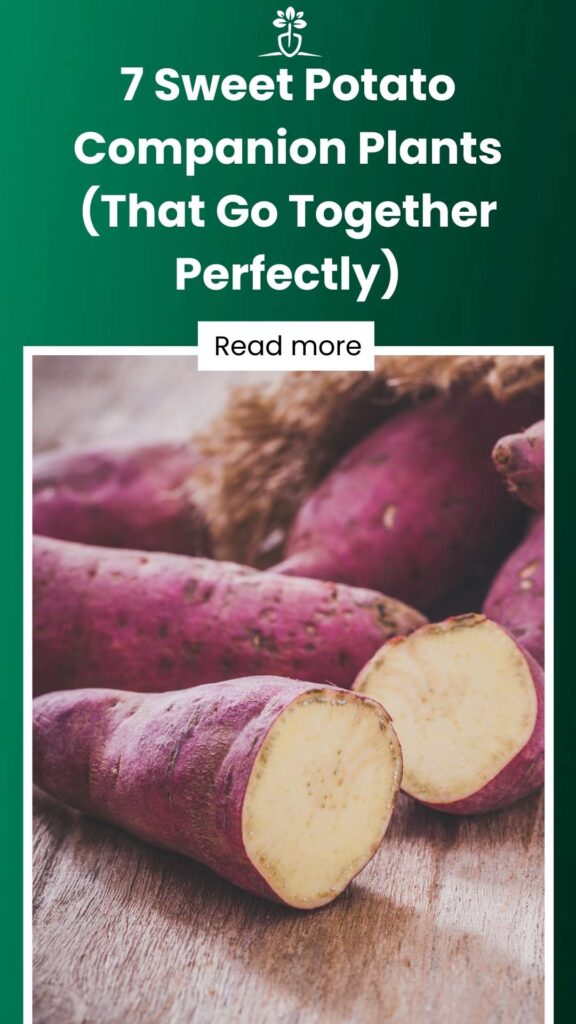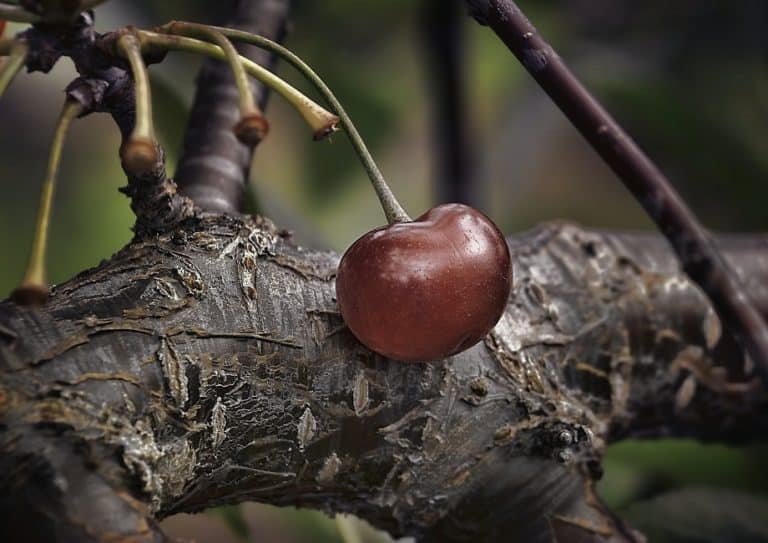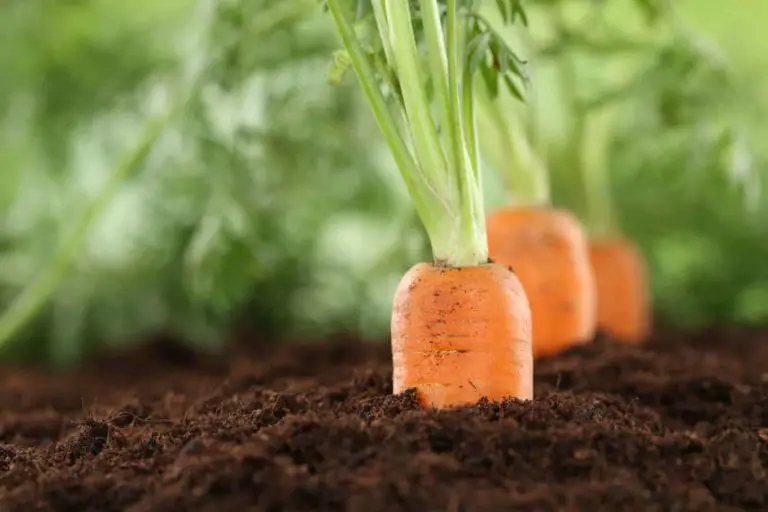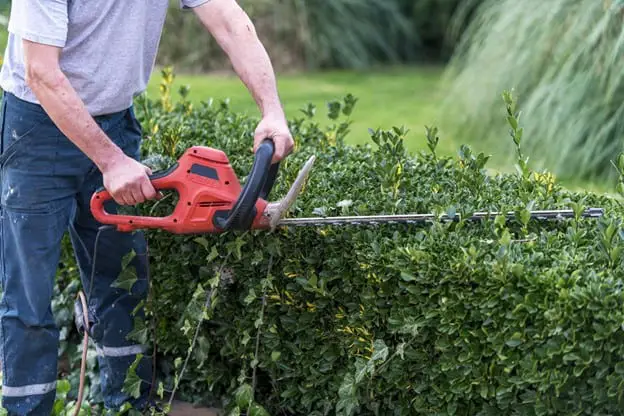7 Sweet Potato Companion Plants (That Go Together Perfectly)
To keep your sweet potato from becoming a problem, you’ll need to invest in a few companion plants to help them grow. These plants can help to ensure that your plant has the nutrients and water it needs while also keeping pests away. If you’re looking for some great companion plants for your sweet potato, we’ve compiled a list of the seven best plants to grow with your sweet potato.
From colorful flowers to fruits, these plants are sure to be just what you need to give your plant the care it deserves.
Contents
7 Companion Plants for Sweet Potatoes
1. Horseradish
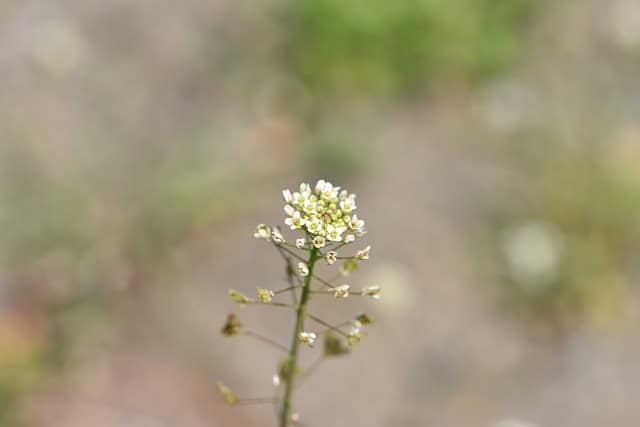
If you’re looking for a plant that can grow with your sweet potato and add some nutrition, horseradish is a great option. Horseradish is also referred to as Armoracia rusticana and is part of the Brassicaceae family. This plant is native to parts of Asia, Europe, and North America and has been used in European cuisine for hundreds of years.
Horseradish has a pungent flavor, and its popularity in the US has grown in recent years. Growing horseradish takes some work, but it can be an excellent companion for your sweet potato.
Its leaves are rich in beta-carotene, iron, magnesium, phosphorus, potassium, thiamine, zinc, and other vitamins and minerals. When used in cooking, it helps prevent gas and swelling after eating.
Horseradish leaves can be used as a garnish or eaten on their own. Its strong flavor will pair well with many dishes that you create.
2. Peas
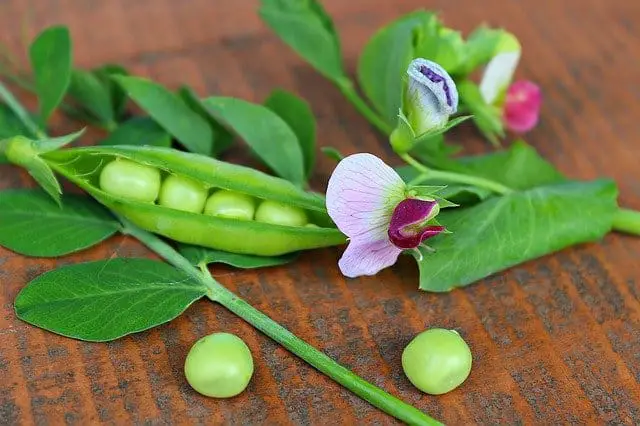
Another great vegetable to grow with your sweet potato is peas. This is a popular garden plant that comes in a wide variety of colors and sizes.
Peas can be eaten fresh or dried and can be used to make pea soup, pea chips, or other delicious dishes.
Peas are rich in protein, and they also contain essential vitamins and minerals. To grow peas, you’ll need to use a trellis or some other means of support for the plant. Once the plant has fully grown, you can eat the peas raw or cooked.
3. Yarrow
Yarrow, or Achillea millefolium, is a plant in the sunflower family. This herbaceous plant is native to parts of Europe and Asia and has many uses in medicine. It’s often used as a diuretic to help cleanse the body and relieve stomach ailments. A member of the Asteraceae family, yarrow is also referred to as Milfoil, nosebleed, and sanguinary.
This herb can be used as a natural way to stop bleeding from minor cuts or wounds. Yarrow can also be used as a bitter herb in cooking or for medicinal purposes. Yarrow is said to promote blood circulation and reduce inflammation of the mouth and throat.
4. Thyme
Thyme is a perennial herb that is native to parts of the Mediterranean. There are over 150 different species of thyme, all of which can be used for various dishes. This herb is known for its culinary uses, but it’s also been used in traditional medicine.
Thyme can be used as a diuretic and an expectorant, and it’s been said to help with indigestion, coughs, throat irritation, and coughs. These are just a few of the many uses of thyme in home remedies. The leaves of this plant can be eaten on their own or incorporated into a variety of dishes.
5. Spinach
Spinach is an excellent companion plant for your sweet potato. This leafy green can be used in various dishes, and it’s rich in vitamin A, calcium, and other nutrients.
Spinach is also a good source of protein, and it’s rich in fiber. This plant can be eaten raw or cooked and is popular in a variety of dishes. Some common uses of spinach include pasta, spinach dip, quiche, and other popular dishes. Spinach is easy to grow, and it thrives in just about any climate.
6. Alliums

Alliums are also referred to as onions and shallots. These plants are members of the Amaryllidaceae family, and they are well known for their unique aroma. There are a wide variety of these plants, and many have great uses in home remedies and cooking.
Garlic, chives, shallots, scallions, onions, and leeks all fall under the Allium umbrella. These plants are rich in flavonoids, which have been shown to help fight cancer. They also contain a variety of essential vitamins and minerals. Alliums can be eaten raw or cooked, and they are used in popular dishes around the world.
7. Lettuce
Often found in salad bars, lettuce is a great addition to any vegetable garden. Lettuce is a nutrient-rich plant that comes in a variety of colors, sizes, and shapes.
This vegetable is a great source of antioxidants, and it’s high in folate and vitamin K. It’s also known for its anti-inflammatory properties.
There are several different types of lettuce, but they all share similar growing and nutritional qualities. Lettuce is known to be a great companion plant for sweet potatoes because they help each other grow. If you’re looking for a plant that can deter pests and attract beneficial insects, lettuce is a great option.
What is Companion Planting?
Companion planting is a method of gardening in which different plants are grown in close proximity to each other. This is done for several reasons, these include:
- Encouraging the growth of certain plants
- Detering pests and diseases
- To provide an accessible environment for cultivating multiple plants.
When growing companion plants, you’re not only improving the health of your plant, but you’re also encouraging the growth of your garden space.
While it’s not necessary to grow multiple plants together, it’s good to know what you’re doing and which plants will benefit from growing next to each other.
Conclusion
Planting companion plants for your sweet potato isn’t difficult, and they can make a significant impact on the health of your plant. With the right companion plants, you can be sure that your sweet potato will grow at an optimal rate.
Sweet potatoes are a versatile food plant that is rich in nutrients and easy to grow. But, like all plants, they’re vulnerable to pests, diseases, and other problems. With the right companions, your sweet potato will grow strong and ensure your garden continues to thrive.
